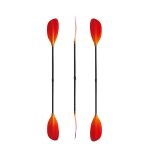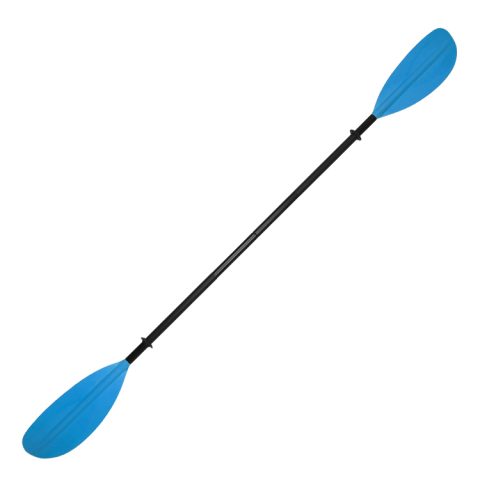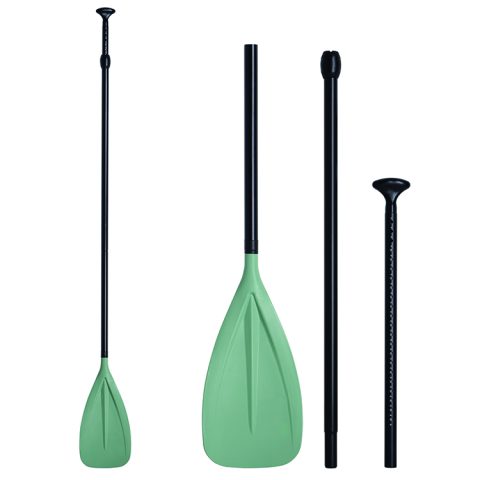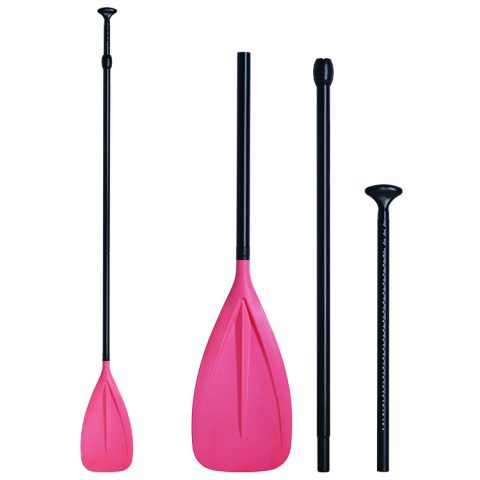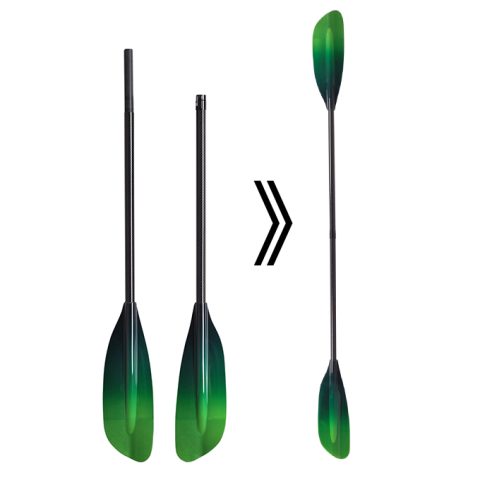Oar paddle for boat Specification
Item Number: TJ-KP005-RD
Shaft Option :Straight
Shaft Material: carbon fiber
Blade Material: fiberglass
Color: Customized
Weight : 761 g
Length: 205cm to 260cm ,210cm to 240cm or customized length
Blade Length x Width: 52cm x 16.5cm
Blade Surface Area: 650 cm2

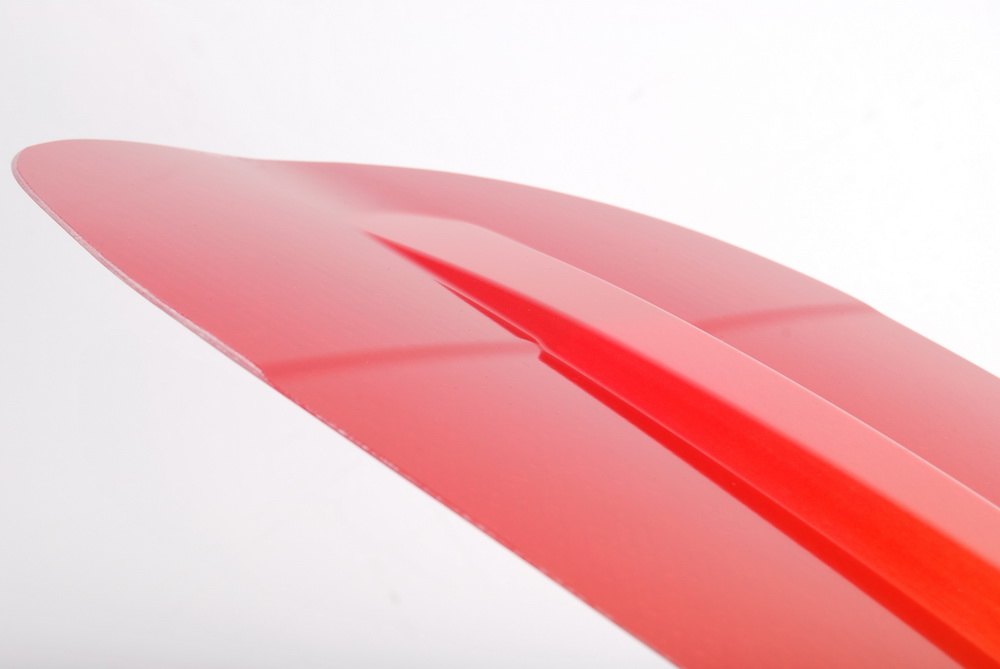

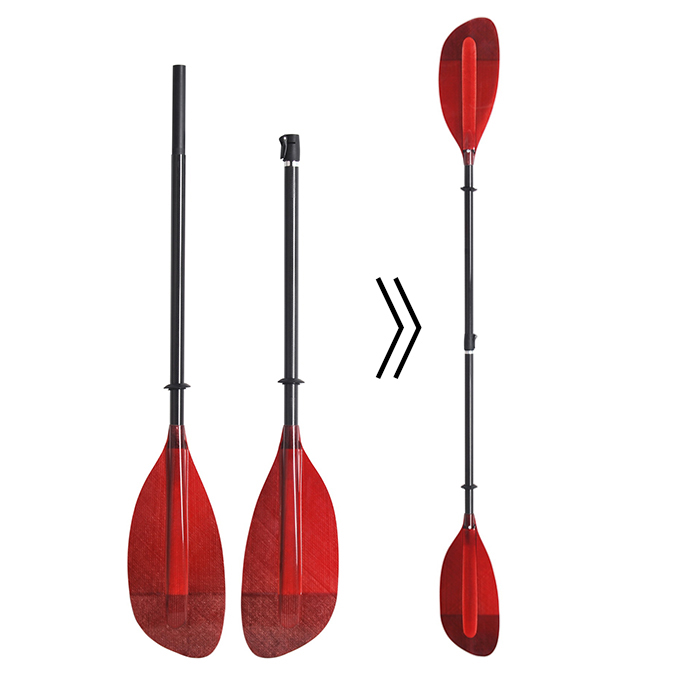
If you are interested in our products and want to know more details,please leave a message here,we will get in touch with you as soon as possible!
How to Use the Oar Paddle for Boat: A Comprehensive Guide
Boating enthusiasts know that having the right gear can make or break the experience on the water. One of the most essential tools for any rowboat, canoe, or small boat is the oar paddle for boat. This seemingly simple tool can be tricky to master for beginners, but with the right techniques and understanding, it becomes second nature. Whether you’re paddling in calm lakes, navigating a river, or venturing out on a kayak, knowing how to use your oar paddle efficiently is crucial for both control and comfort.
In this blog, we’ll break down everything you need to know about using an oar paddle for boat, from the basic parts of an oar to advanced paddling techniques. By the end of this guide, you’ll be ready to tackle your next boating adventure with confidence!
What Is an Oar Paddle for Boat?
An oar paddle for boat is a long, slender tool used to propel and steer a boat through water. Unlike a traditional paddle, which is generally used by the person sitting in the boat, an oar paddle is typically secured in a position either through an oarlock or a similar mechanism, allowing the user to row the boat using their body strength. Oar paddles come in various sizes and designs, depending on the type of boat and the water conditions.
Key Components of an Oar Paddle for Boat:
- Shaft: The long, central part of the oar that connects the blade to the handle.
- Blade: The flat, wide end of the oar that enters the water to provide the propulsion.
- Grip/Handle: The top of the oar where the user holds on.
- Oarlock: A metal or plastic device that holds the oar in place, enabling the rower to exert force without the oar slipping out of position.
The proper use of each component is essential for efficient paddling and minimizing strain on your arms and back.
Types of Oar Paddles
Understanding the different types of oar paddles for boat will help you choose the right one for your needs. There are several variations, each designed for different styles of boating:
- Single Oar (Sculling): This type of oar is used on a single rower’s boat, often positioned at the stern. It allows for smooth, controlled movement and is great for smaller boats like canoes or sculling boats.
- Double Oar (Rowing): Rowing boats typically use a pair of oars—one on each side of the boat. The rower alternates pushing and pulling on each oar, allowing for more power and better direction control.
- Punt Oar: This oar is designed specifically for pushing a boat along in shallow water, often used in flat-bottomed boats.
- Fixed vs. Sliding Oar: Some boats use fixed oars that stay in place, while others use sliding oars that move along tracks, allowing for a more fluid stroke.
Choosing the right oar paddle for boat depends largely on the boat type, the water conditions, and your paddling experience.
How to Use an Oar Paddle for Boat: Step-by-Step Guide
Mastering the oar paddle for boat involves more than just holding the oar and paddling. There are several techniques to ensure you’re getting the most out of your strokes, as well as maintaining comfort and control during your time on the water.
Step 1: Correct Positioning
Before you even begin rowing, it’s important to sit properly in the boat. Here’s how to position yourself:
- Sit Upright: Maintain a straight back to prevent strain, especially during long sessions. Sit on your seat or at the stern of the boat (if you’re using a double oar setup).
- Feet Placement: Your feet should be securely positioned in the footrests or against the boat’s frame to give you the power and stability needed for each stroke.
- Grip the Oar Properly: Hold the grip of the oar with both hands, ensuring your palms are facing downward. Your hands should be shoulder-width apart.
Step 2: Understanding the Stroke
A proper stroke is key to efficient use of the oar paddle for boat. For most types of rowing, you will be using a “push-pull” motion.
- Catch Position: Start with the blade of the oar in the water close to the boat’s bow (front). Keep the shaft of the oar vertical and ensure the blade is fully submerged in the water.
- Drive: Push the oar blade backward, extending your arms while pulling your body toward the oar. Engage your core and legs during this motion to maximize power.
- Finish: Once the oar has moved as far as it can through the water, lift it out and prepare for the recovery.
- Recovery: Lift the oar out of the water and swing it forward to start the next stroke.
Step 3: Alternate Sides (If Using Two Oars)
If you are rowing a boat with two oars (one on each side), you will need to alternate between sides.
- Row with your right oar on one stroke, and then switch to the left. This method helps to keep the boat moving straight and ensures that you are evenly distributing the effort.
Step 4: Steering the Boat
To control the direction of the boat, you’ll need to apply different techniques depending on whether you’re using a single oar or double oars:
- Using Single Oar (Sculling): By adjusting the angle of the oar blade in the water, you can control the direction. Pulling the oar towards the side of the boat will steer it in that direction. To go straight, keep both oars balanced and maintain an even stroke.
- Using Double Oars: Steering is more straightforward. To turn right, push the right oar farther out and pull the left one toward the boat, and vice versa. If you need to go straight, make sure both oars move with equal force.
Step 5: Practicing Efficient Rowing
The key to using the oar paddle for boat efficiently lies in minimizing unnecessary movements. Focus on smooth and controlled strokes rather than quick, jerky actions. Maintain a rhythm with your strokes and always use your body—particularly your legs and core—to power the movement, not just your arms.
Step 6: Safety Tips
When using an oar paddle for boat, safety is paramount. Keep the following tips in mind:
- Wear a Life Jacket: Always wear a life vest, especially if you’re in a small boat or navigating open waters.
- Avoid Overexertion: Rowing can be physically demanding, so pace yourself. Take breaks and drink water.
- Watch for Obstacles: Keep an eye on the water for potential hazards such as rocks, logs, or other boats.
Common Mistakes to Avoid When Using an Oar Paddle for Boat
Here are a few common mistakes that many beginners make when using an oar paddle for boat, and how to avoid them:
- Incorrect Grip: A tight or awkward grip can cause blisters or fatigue. Keep a relaxed yet firm hold on the oar, and never grip it too tightly.
- Overreaching: Avoid stretching too far when pulling the oar. Overreaching can lead to poor stroke efficiency and potential back strain.
- Uneven Strokes: Inconsistent strokes can make the boat veer off course. Ensure both strokes on each side are equally timed and powerful.
- Not Using Your Whole Body: Don’t just rely on your arms. Use your core and legs for more powerful, sustainable strokes.
Conclusion
Mastering the oar paddle for boat is a rewarding skill that enhances your experience on the water, whether you’re casually paddling or engaged in more competitive rowing. By following the steps outlined in this guide, practicing regularly, and avoiding common mistakes, you can increase your efficiency, power, and control on any body of water.
Remember to choose the right oar for your boat and water conditions, maintain proper posture, and use your entire body for optimal power. And, of course, stay safe by wearing a life vest and always being aware of your surroundings.
Happy boating!







